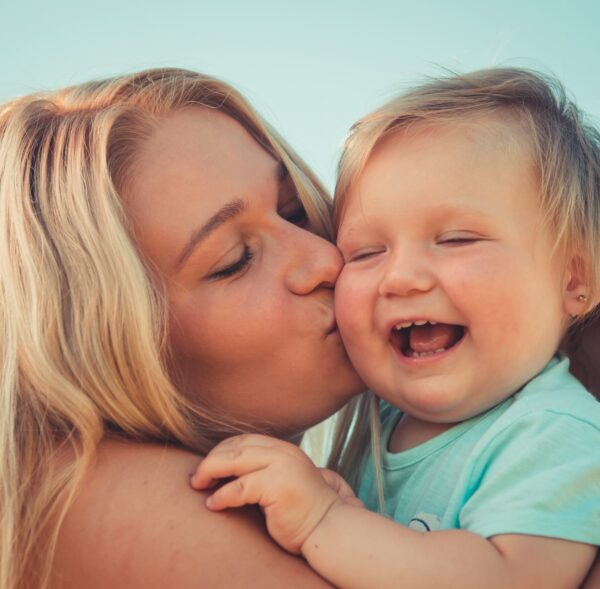Researchers use machine learning to measure children attachment

Multidisciplinary research, led by the University of Glasgow and published in PLOS ONE, has detailed how, for the first time, researchers have used machine learning to successfully measure attachment in children.
Attachment refers to the vital human bond that humans first develop as infants to their caregivers, and plays an important role in children’s behaviour and capacity to self regulate. It describes the lasting emotional bond and feeling of connectedness between human beings. The attachment between a young child and their primary caregiver is known to be vitally important for emotional development—disruption to or loss of this bond can affect a child emotionally and psychologically into adulthood, impacting future relationships.
Insecure attachment in children is not necessarily abnormal, and is often an emotional adaptation to less than optimal environmental circumstances. However, insecure attachment is associated with increased risk of psychopathology of various types.
The study team presented a quick and easy way to measure attachment through a computer game that has the potential to be used in large scale public health monitoring.
Current measures to measure and assess a child’s level of attachment can be time consuming and complex. Some attachment behaviors can, at present, only be observed and assessed by trained professionals when a child feels they are in a stressful situation.
By working together as a research collaboration team, experts in child mental health and computing science have developed and validated the School Attachment Monitor (SAM) – a computer program that uses machine learning and smart sensors to accurately assess attachment in children.
SAM is delivered by novel software which interacts with child participants, starting with warm-up activities to familiarize them with the task. Children are invited to play with ‘smart dolls’ while interacting with a story on the computer, and data on their attachment patterns are captured through video recording and movement sensors in the smart dolls.
Researchers found that the SAM technology was able to accurately measure a child’s attachment, when compared with the ratings of trained professionals looking at the same child’s data.
Lead author Professor Helen Minnis said the study shows that using modern sensors and machine learning technology gives an accurate classification of attachment security versus insecurity compared to manual ratings.
“The aim of our research program, from its inception over a decade ago, was to develop a quick and easy measure of attachment that can be used in large-scale public health monitoring or epidemiology,” she said. “SAM has the potential to achieve that aim, although further research will be needed to examine its performance in a range of populations.”
The study, “The School Attachment Monitor—a novel computational tool for assessment of attachment in middle childhood,” is published in PLOS ONE and may be accessed here.
Popular

Practice
Provider
Quality
Research
Workforce
New activity booklet supports everyday conversations to keep children safe
2025-07-10 09:00:16
by Fiona Alston

Quality
Practice
Provider
Research
Workforce
Honouring the quiet magic of early childhood
2025-07-11 09:15:00
by Fiona Alston

Quality
Practice
Provider
Workforce
Reclaiming Joy: Why connection, curiosity and care still matter in early childhood education
2025-07-09 10:00:07
by Fiona Alston












